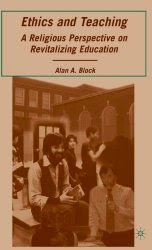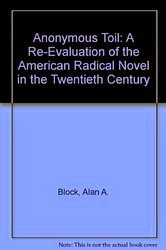Journal of the Plague Year 10
It was first said that the occurrence of Plague in London in 1665 derived from Asia or Africa. At the beginning of September, 1664, news and rumors swirled that the Plague had returned to Holland where its appearance in 1663 the onset was blamed on visitors from Italy, and the Levant, now the area defined as Israel, Lebanon, and Syria. “Some said it was brought from Candia (Crete), others from Cyprus.” Such disasters always derive from somewhere else. But as HF (the Journal’s narrator) says, without newspapers to spread the rumors, the reports of the plague could only be transmitted by word of mouth, hence the dissemination of news by rumor. However, after a while the London mill slowed and people forgot the threat. Daily life remained normal. Nothing had occurred there: there was no plague. Or so it seemed. But then at the beginning of December, 1664, “two Men, said to be French-men” died of the Plague in London. In the last week of December another man died and then no sicknesses were reported and again it was believed that the ‘Distemper” was gone. But then on the 11th of February another person died in a wholly other house and it was then that the citizens people began to worry and its spread could not be attributed to foreign agents. The plague was there.
It begins slowly. An occurrence here and then there, a death here and then a death there. In early January 2020, word came from China regarding “a mysterious respiratory illness” then spreading in Western China, and on January 8 the CDC first issued its first public alert about the coronavirus. For us, China has become the source of plague; That the coronavirus was said to derive from China was convenient: China was already an economic and political enemy. The disease was named on January 9 as the novel coronavirus. On February 6, 2020, Patricia Down of San Jose, California became the first death in the United States said to be caused by the novel coronavirus. She had not traveled anywhere. This showed that the coronavirus could be transmitted in community and was already moving undetected in the United States. The plague was here.
HF regularly refers to the occurrence of plague as a “visitation.” This suggests that the plague did not belong there; rather that it arrived to London City from somewhere else. In Egypt God had “visited” plague on the Egyptians. Unnatural occurrences happened. The Egyptians suffered. Then, in the desert God had visited plague on the petulant and disobedient Hebrews. They suffered. But even unwelcome guests eventually depart from a visit and quiet and peace would be returned. A visitation suggests that as suddenly as the visit begins so quickly might it end. In the wilderness as soon as God so decreed, those most guilty had been removed, usually by death, and the plague vanished. Nevertheless, the occurrence of the plague is a ‘visit,’ and is not inherent to human existence. The visitation in London had made the city unsafe—when the plague departs—and the City’s health would return to an original state of spotlessness and be again without blame. And as at the beginning, so was it at the end: with the decline of infections the threat was forgotten. In London, as the incidence of Plague seemed to have decreased, the people gave up “their former Cautions, and Care, and all the Shyness which they used to practices; depending that the Sickness would not reach them, or that if it did, they should not die.”
Today’s “visitation” has been met with masks, stay-at-home orders, social distancing, and now the availability of a vaccine. And the measures have seemed to be effective and incidence of plague have declined significantly. But people begin to feel invincible and have begun to abandon safe practices. Some even refuse vaccination. For too many the visit has ended. In fact, the plague has remained within the community. The visitation is really an occupation. The plague will not return: it is already here. Doctor Rieux, narrator of The Plague says, “So all a man could win in the conflict between plague and life was knowledge and memories.” Former President avoided knowledge and this denial led to many deaths. More than 500,000 have died of coronavirus. And we might have memories, those who would remember. And yet, so much about this plague is already forgotten.













